The Roman Catholic Parish Church of Our Lady of the Snows stands on Krisztina Square, next to Krisztina Boulevard. It is painted a “classic” monumental yellow, which all historical monuments were painted in Hungary in a period. The church hosted a special event 185 years ago: István Széchenyi and Crescence Seilern were married here.
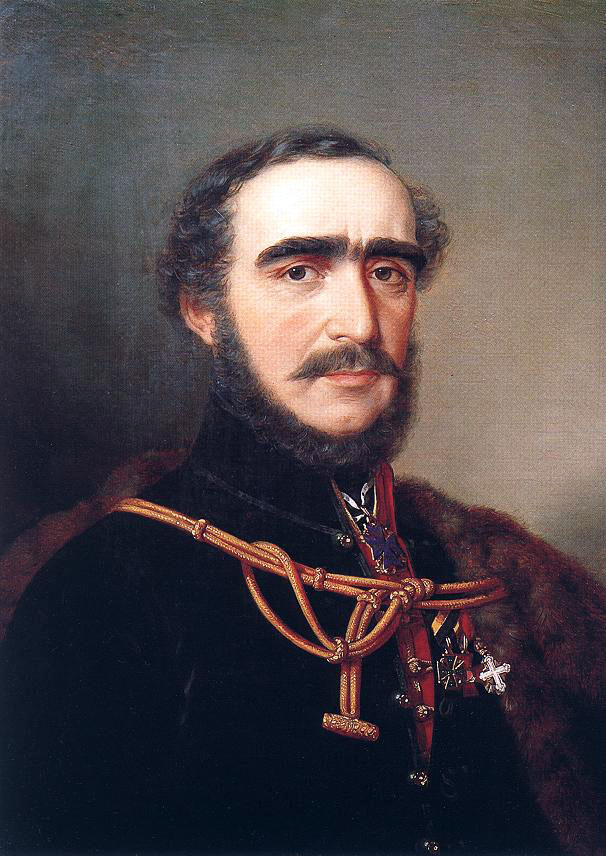
Isván Széchenyi painted Miklós Barabás
István Széchenyi was 30 years old when, in 1824, he fell in love with the 25-year-old and married Countess Crescence Seilern-Aspang, who was Károly Zichy's third wife.
The country owes a lot to their relationship, as Crescence was also part of why Széchenyi entered the public sphere after becoming disillusioned with his military career. More specifically: Széchenyi went to the meeting of the Lower House of the National Diet on 3 November 1825, in the hope that he would meet his love there.
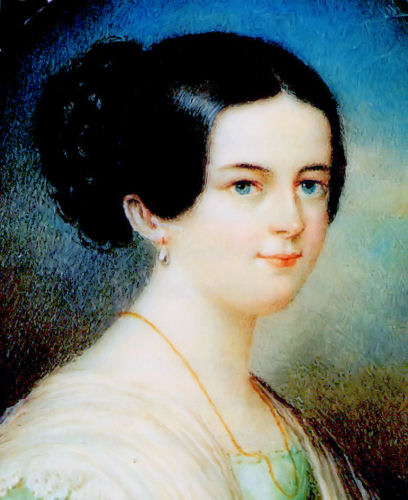
Seilern Cressence was considered one of the most beautiful women of her time. Painting by Miklós Barabás
For the Count, however, his beloved remained untouchable, and their relationship platonic. Crescence, meanwhile, had several children (a total of seven) with her husband, Count Károly Zichy, 20 years her elder, who already had nine children from his previous marriages.
However, fate intervened in Széchenyi's favour: just short of a decade later, on 15 December 1834, Count Zichy died at the age of 55. This paved the way for Széchenyi and Crescence to enjoy a relationship. Although some of the Count's friends and acquaintances warned Széchényi not to marry Crescence, as the year of mourning drew to a close, the wedding was scheduled in October 1835.
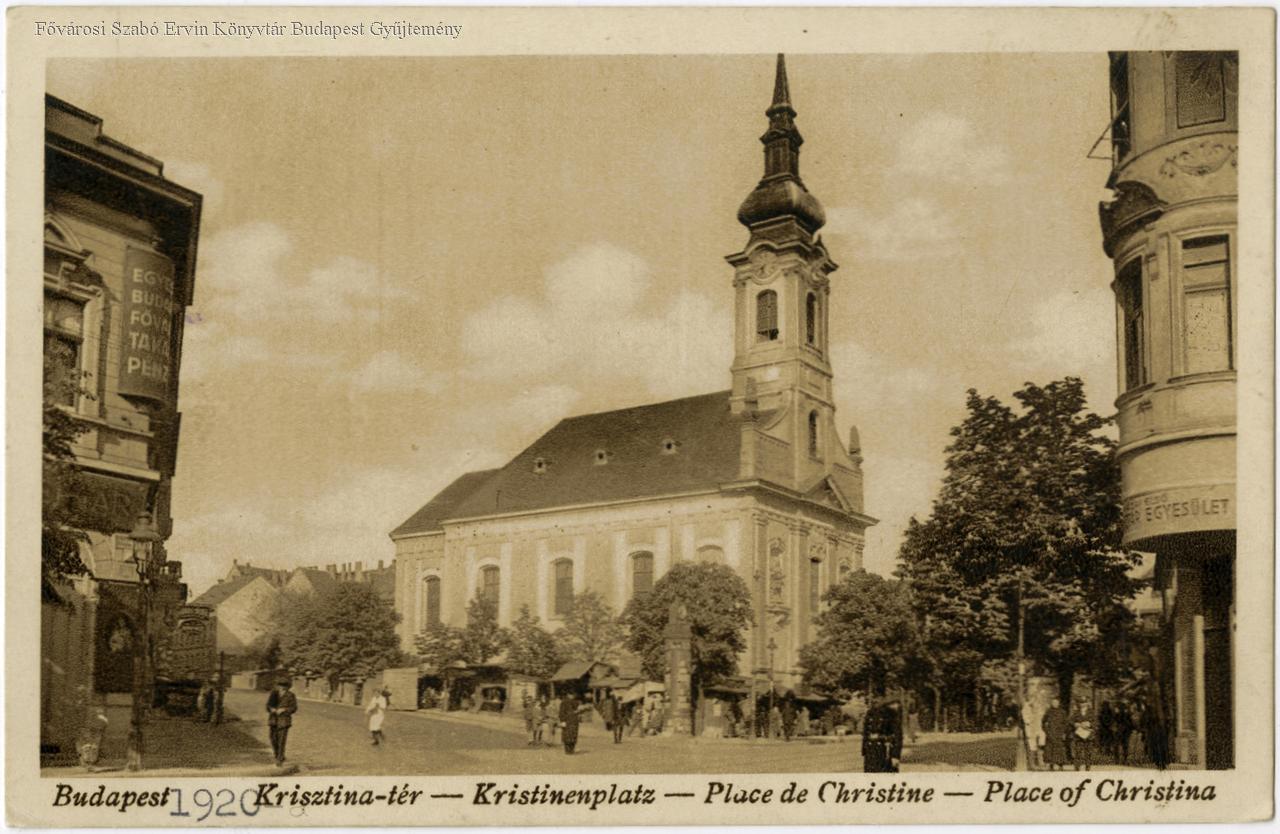
The church in 1920, before the expansion (Source: FSZEK Budapest Collection)
Széchenyi already knew the church in Krisztinaváros at the time. For example, on 23 December 1834, when he was saddened that his newly widowed love had treated him somewhat aloofly, he wrote in his diary, among other things, “I was with the pastor of Krisztinaváros. He was good to me – he appreciated my behaviour, saying that with time everything would be in order."
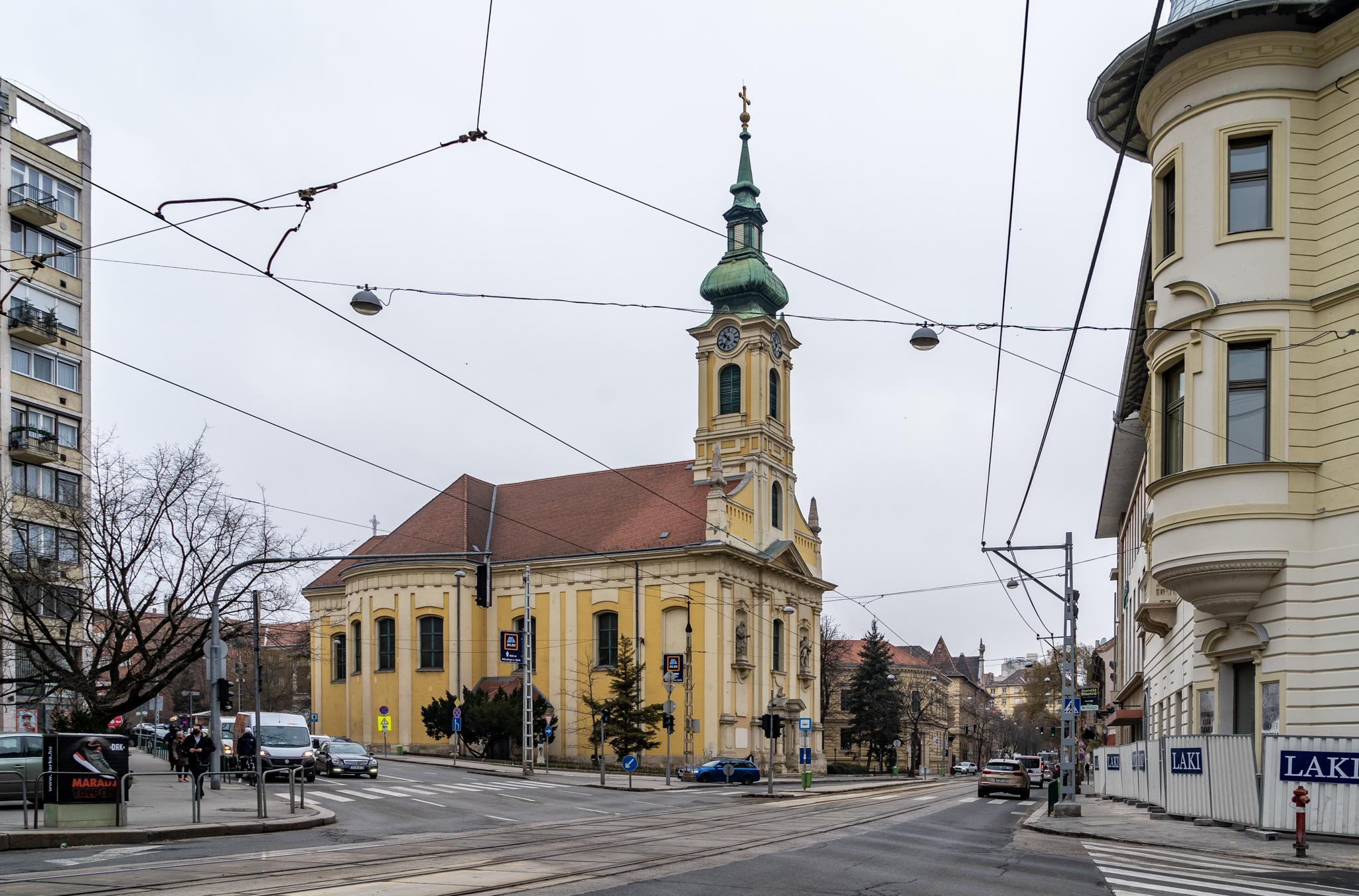
The church today (Photo: Balázs Both/pestbuda.hu)
The wedding took place on the evening of 4 February 1836. Széchenyi described the ceremony in his diary in a few short lines:
“Early in the morning to the parish priest of Krisztinaváros. We confessed and took the Holy Communion with Crescence. My soul has calmed with regards to her. Home by carriage with Crescence. Felix has to run several errands because of the dispensations. I eat at Crescence's. The guests gather with us before 7. I ride with Ribordy and Geyza to the Krisztina Chapel. – I wait for Crescence. We walk through the whole church together. We behave with great dignity and determination (!)… We spend the evening at Marie's. My witnesses – Gábor Keglevich, Lederer (commander), Albert Prónay; Crescence's: Laci Zichy, Henrik Zichy – János Waldstein – but as he was not present, A[urél] Dessewffy in his stead.”
The parish priest, Jakab Majsch, performed the ceremony. The contemporary press also reported the wedding. On 6 February 1836 the periodical Hazai 's Külföldi Tudósítások wrote:
„Buda 4th febr. The respected patriot, the honourable Count István Széchenyi celebrated his union with the honourable Cressence Seilern – widow of His Majesty's Royal Treasurer and official of the Chancellery, the late Count Károly Zichy – at half-past seven this evening in the so-called Blood Chapel of Kriztinaváros.
However, a complete picture emerges from other reports: According to these, the ceremony was held in the evening to avoid becoming a spectacle. Nevertheless, spectators began to gather as early as 5 o'clock in the afternoon. As Regélő reported on 11 February 1836, the church and its gallery were full.
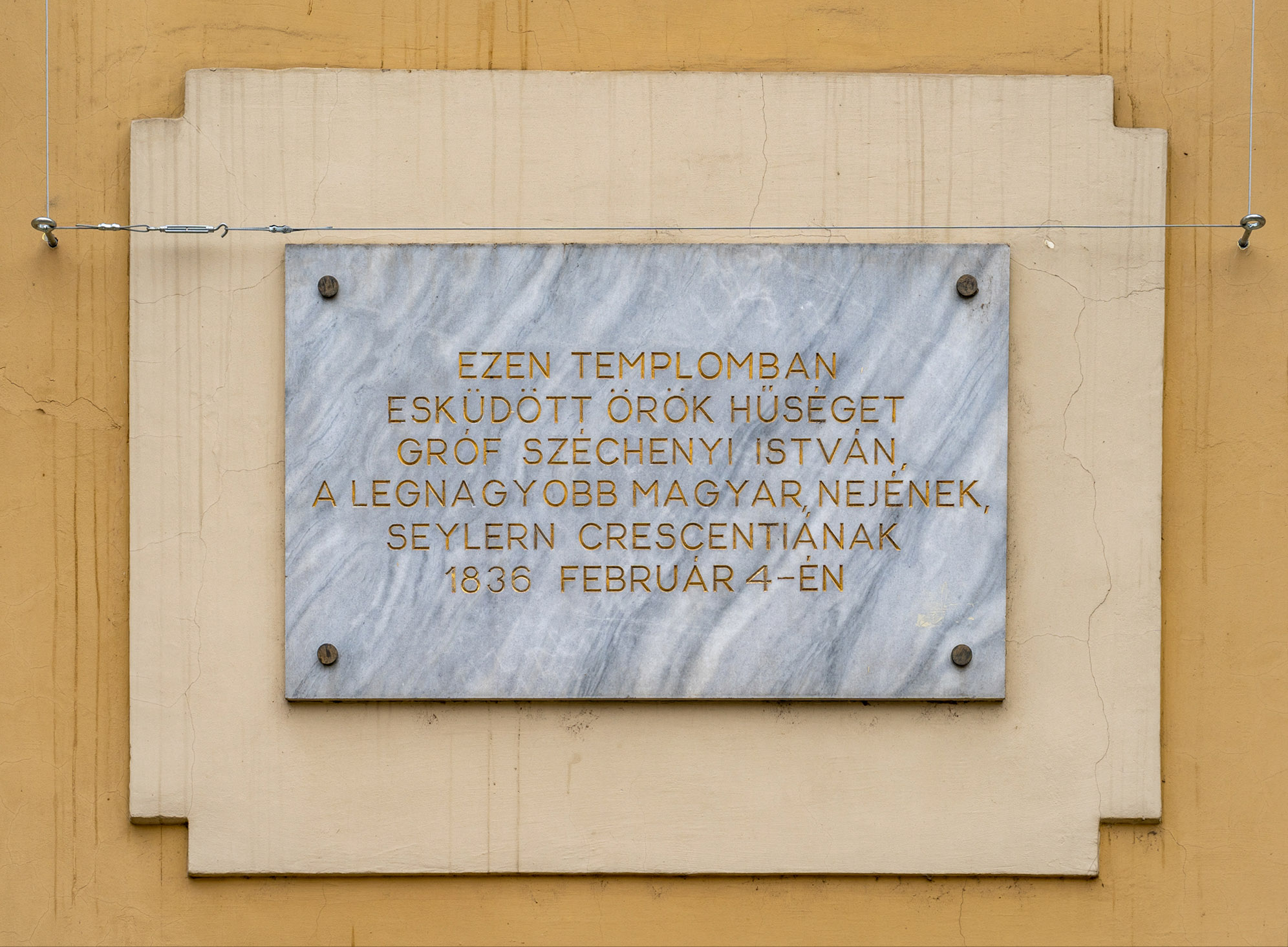
A memorial plaque on the church wall eternalises the wedding of Széchenyi and Crescence (Photo: Balázs Both/pestbuda.hu)
The Széchenyis remained loyal to the church, as their first child, Béla, was baptized here only a year after their marriage.
But what was this church like at the time? Well, it was smaller. Its foundation stone was laid in 1795, although a chapel had stood in its place for 100 years, in which a copy of the fresco of the Blessed Virgin Mary from the Santuario della Madonna del Sangue in Re, Italy, was placed. Maria Theresa even visited the image once.
The present church, designed by Kristóf Hikisch, was built on the chapel's site that had been rebuilt several times and was completed in 1797. Of course, the old image was also moved into the new church, but the side altars' paintings were not completed until 1813.
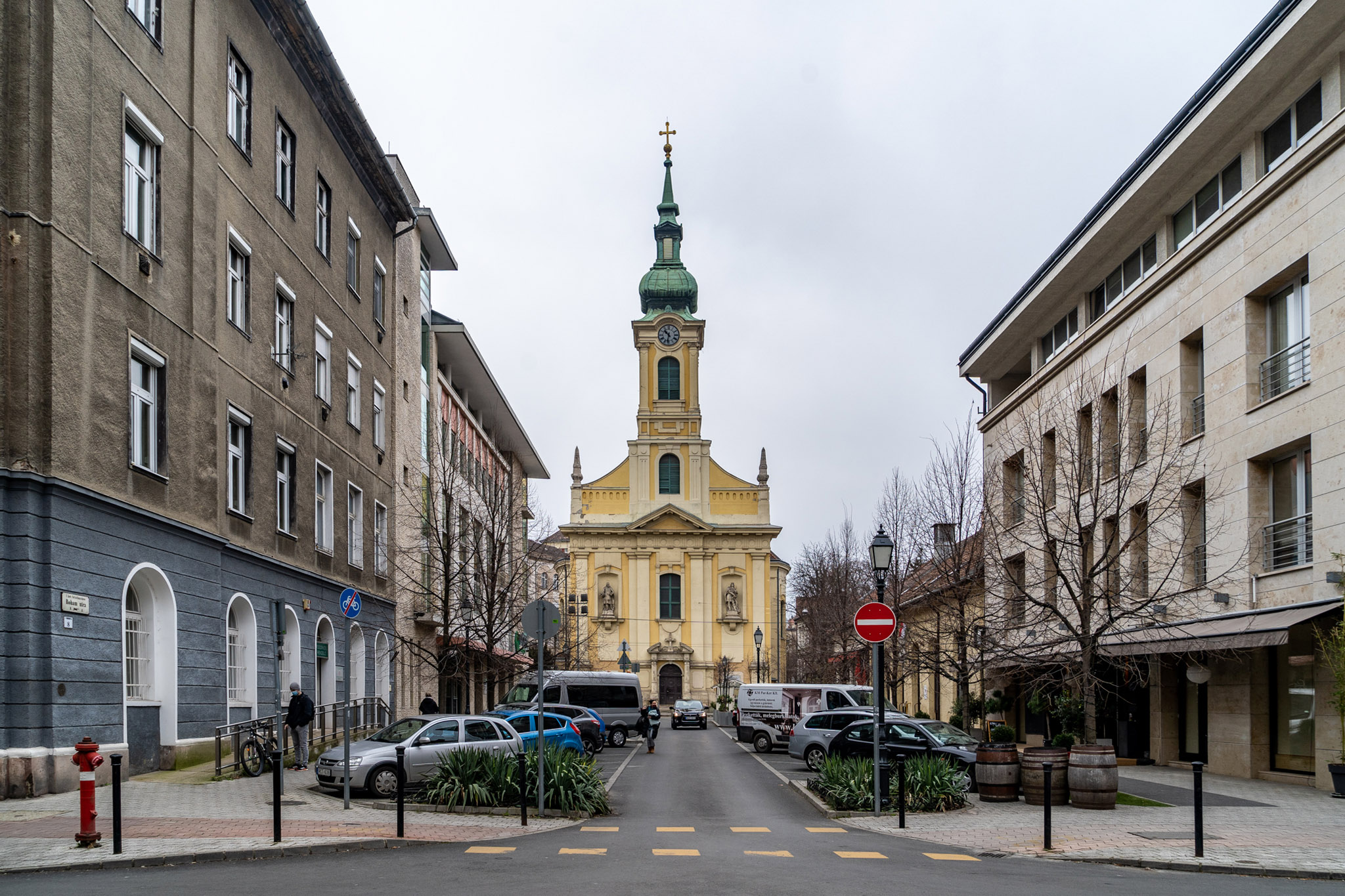
The church was rebuilt and renovated several times and gained its present form during an expansion in the 1940s (Photo: Balázs Both/pestbuda.hu)
The church has been remodelled several times since Széchenyi's wedding. First, the damage it suffered during the siege of 1849 was repaired, and the tower redesigned with works led by József Hild.
The church was extended in 1943–1944 in the direction of the sanctuary. The sanctuary and the altar were placed on runners and pulled away with winches. The transept was built in the newly opened-up space.
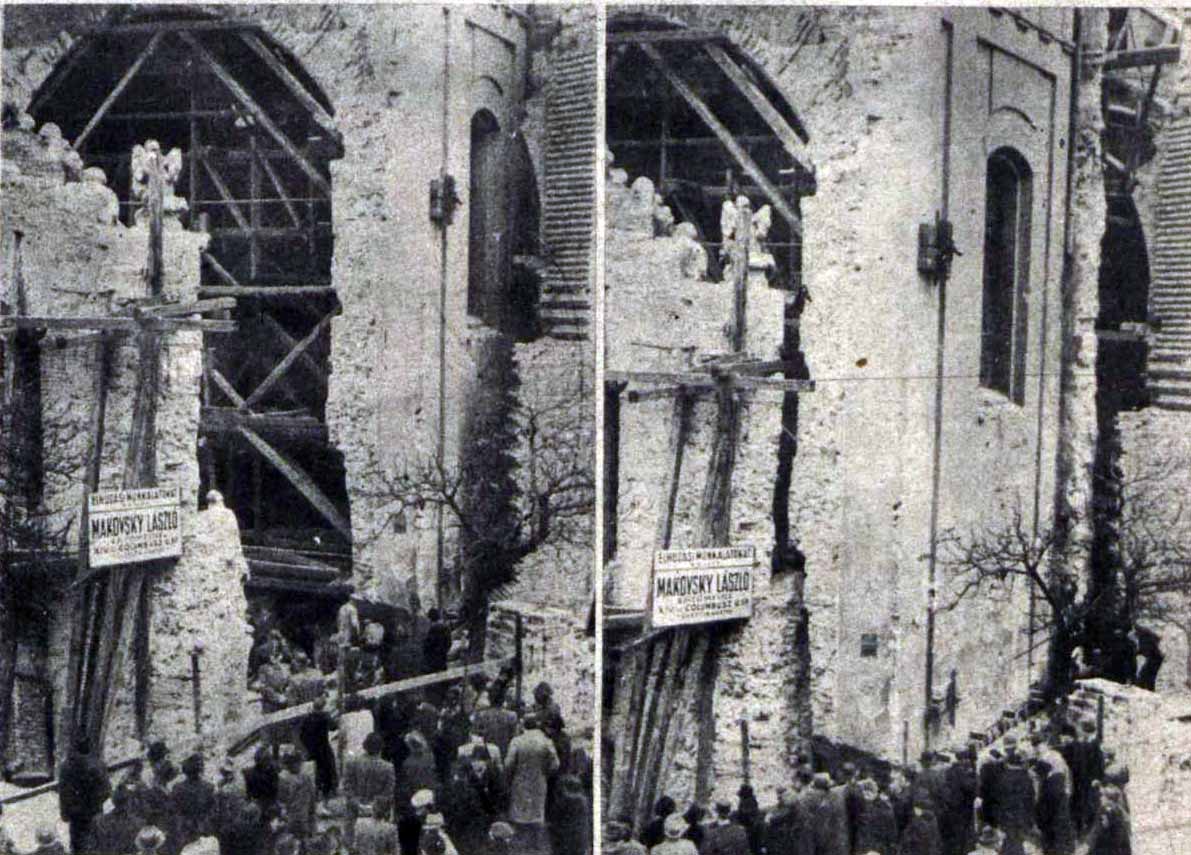
The church's sanctuary was cut off the building in November 1943 and pushed 5 metres further away from the boulevard (Photo: Magyar Futár, 24 November 1943).
The church has also played an important role in the lives of other significant Hungarians. Loránd Eötvös was baptized here and Ignác Semmelweis also held his wedding within its walls in 1857.
The church and the sanctuary's domes were damaged in the 1956 earthquake and only repaired in the 1970s. The fresco was restored in 2019.
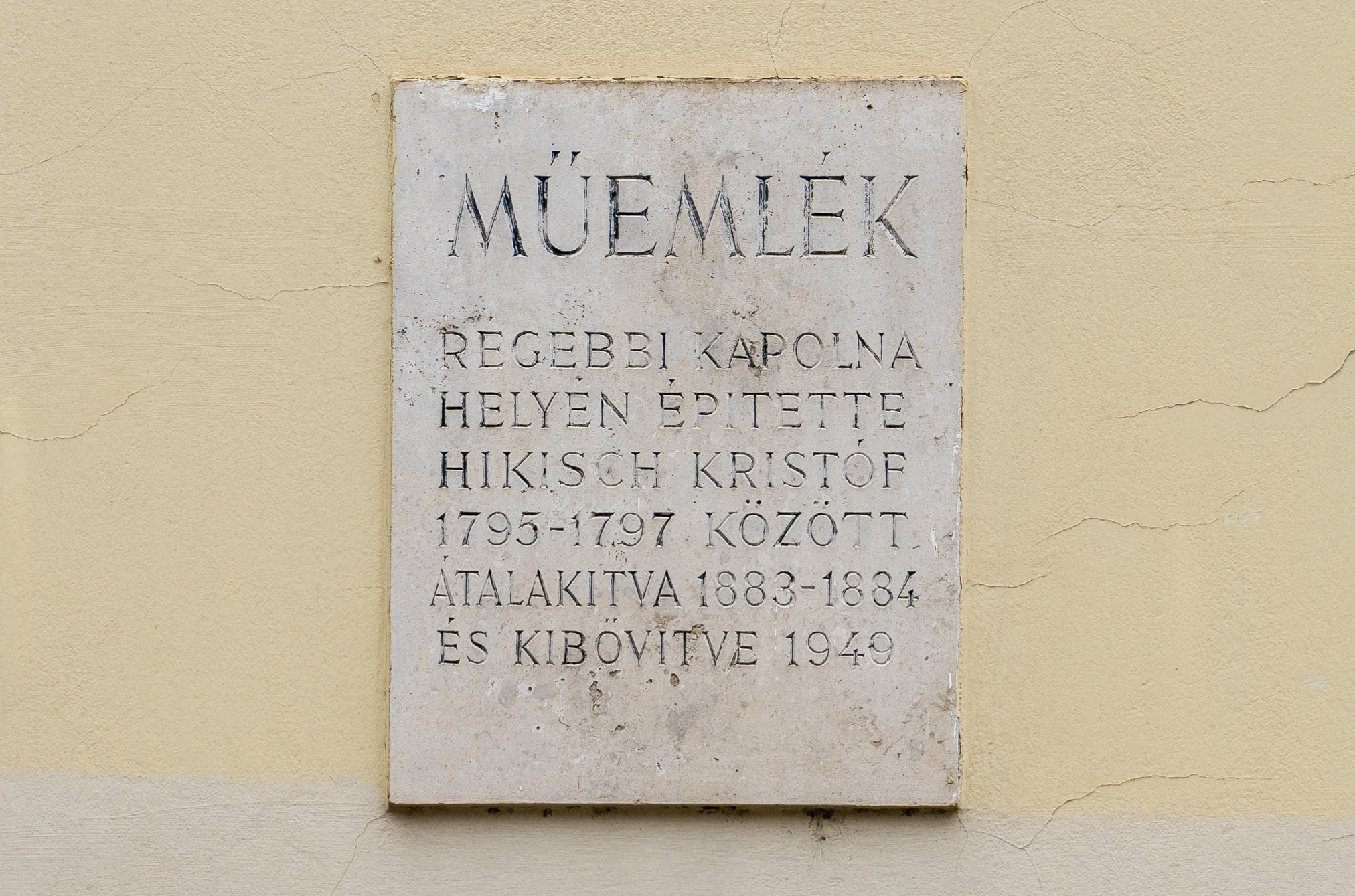 Naturally, it is a listed historic monument (Photo: Balázs Both/Pestbuda.hu)
Naturally, it is a listed historic monument (Photo: Balázs Both/Pestbuda.hu)
Cover photo: The church and its surroundings in 1865 (Photo: FSZEK Budapest Collection)

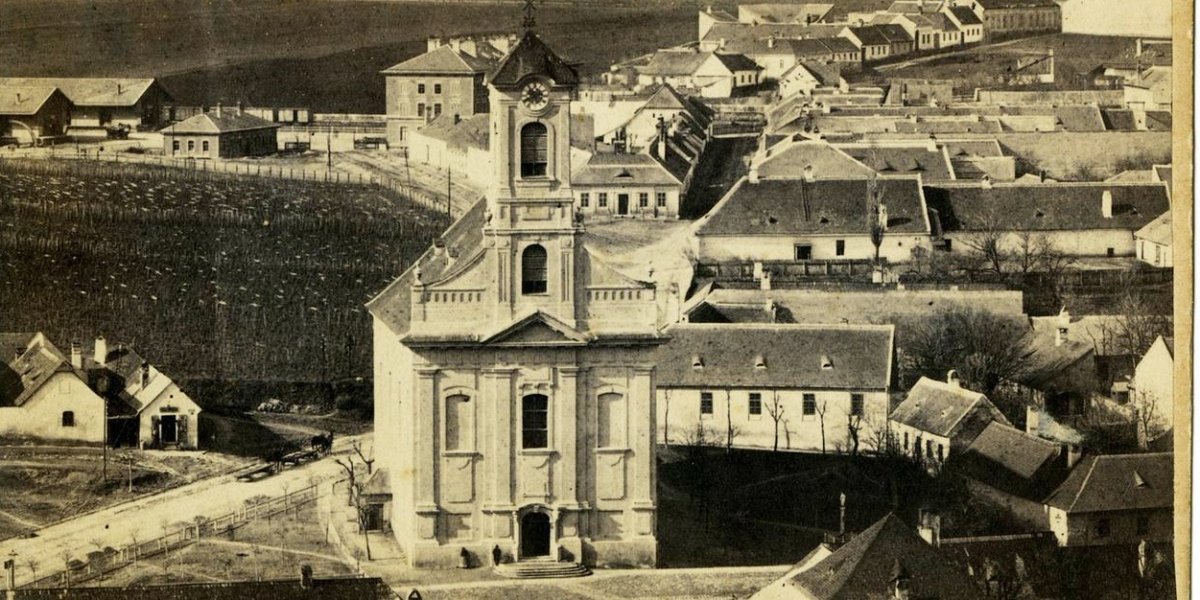



































Hozzászólások
Log in or register to comment!
Login Registration